Food has a remarkable way of dividing opinions—sometimes as sharply as politics or pineapple on pizza. What one person devours with childlike joy, another might recoil from in sheer horror. But isn’t that the beauty of food? It’s personal, cultural, nostalgic, and often completely irrational. We don’t just eat with our taste buds; we eat with our memories, our habits, and our sense of adventure.
This article is a celebration of the weird, the wonderful, and the wildly divisive. These 28 foods have sparked more dinner table debates and side-eyes than any other. They’re the misunderstood heroes of cuisine—revered delicacies to some, culinary red flags to others.
From smelly fruits that are banned in hotel lobbies, to squishy seafood, moldy cheeses, and flavor pairings that sound like dares, these dishes are not for the faint of heart. Yet for those brave enough to dig in, they offer surprising depth, bold flavor, and, occasionally, pure bliss.
You might find yourself nodding in agreement (“Yes, give me all the anchovies!”), or raising an eyebrow in disbelief (“People really eat peanut butter with pickles?”). But that’s what makes this list so fun—it’s a quirky tour through the foods that test the boundaries of our palates and dare us to rethink what’s delicious.
Whether you’re a fearless foodie or a curious skeptic, we invite you to explore the controversial, the oddly comforting, and the downright strange. Who knows? One of these “love-it-or-hate-it” bites might just become your new guilty pleasure.
1. Durian
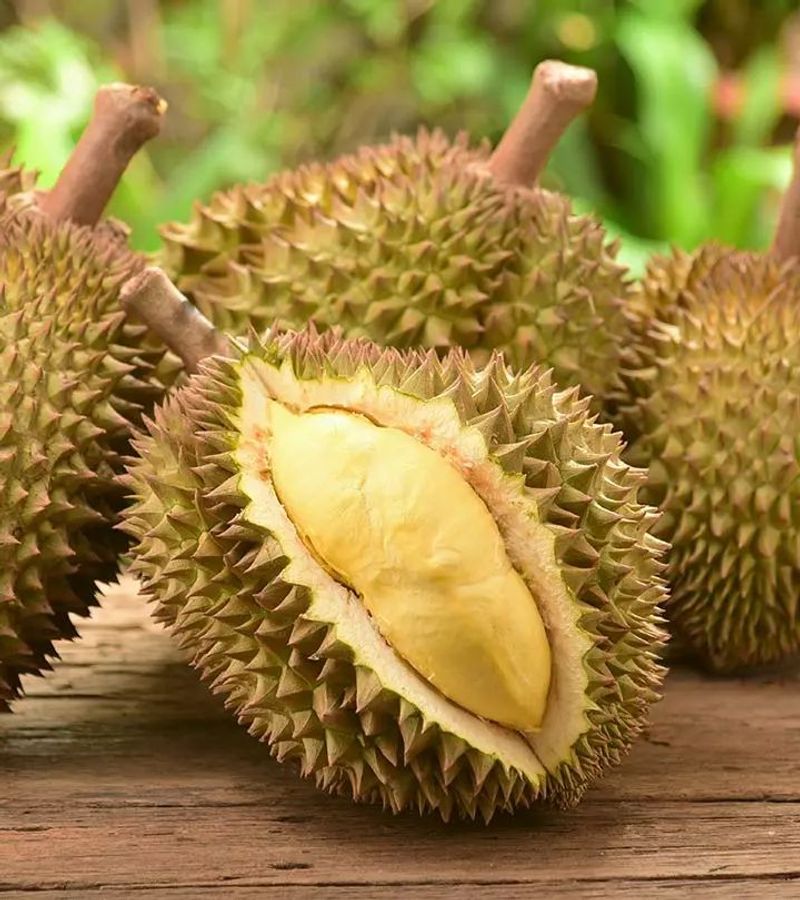
Durian, often dubbed the ‘king of fruits,’ is notorious for its strong odor, which some liken to rotten onions or raw sewage. Yet, its devotees relish the creamy, custard-like texture and sweet, almond-like flavor. This tropical fruit is celebrated in Southeast Asia but banned in many public places due to its smell.
Despite its polarizing scent, durian is rich in nutrients, offering a good source of vitamin C, potassium, and dietary fiber. Its distinctive aroma and taste have sparked both admiration and aversion, making it a culinary enigma that’s hard to ignore.
2. Oysters
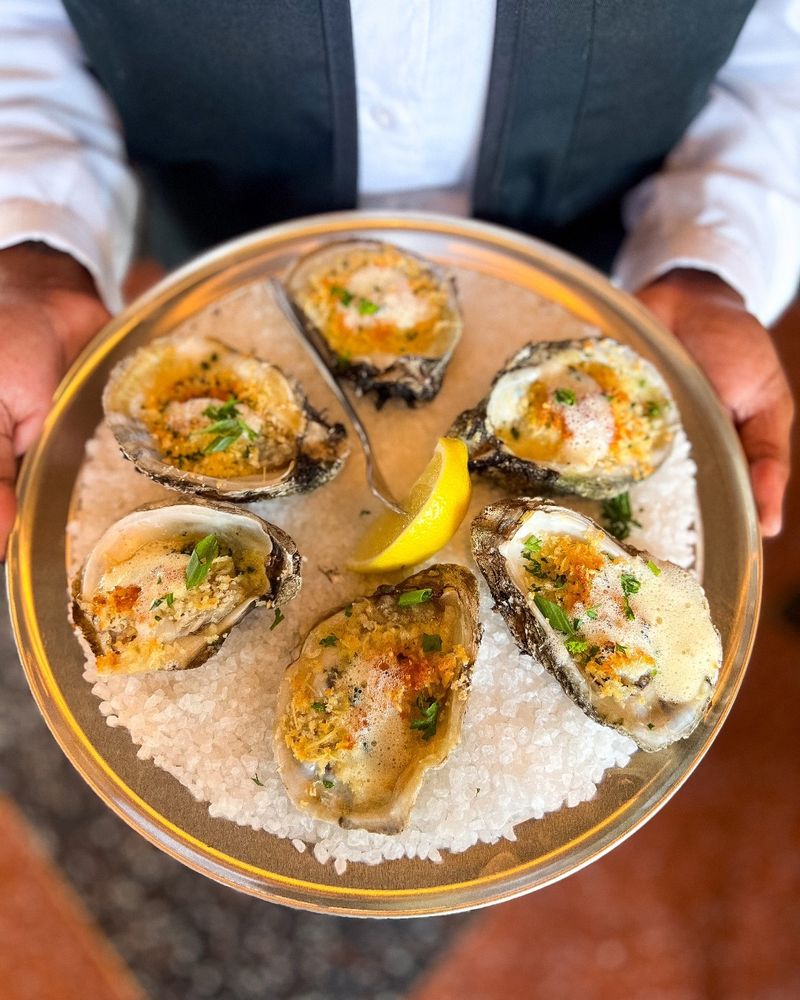
Oysters, the jewels of the sea, have been cherished by gourmets for centuries. With a briny, oceanic taste, they are often enjoyed raw, accompanied by a squeeze of lemon or a dash of hot sauce. Their slippery texture and unique flavor profile can be off-putting to some, yet they remain a delicacy in fine dining.
Oysters are rich in zinc and other minerals, contributing to their reputation as an aphrodisiac. Whether slurped from the shell or baked with savory toppings, oysters continue to captivate adventurous palates around the world.
3. Blue Cheese
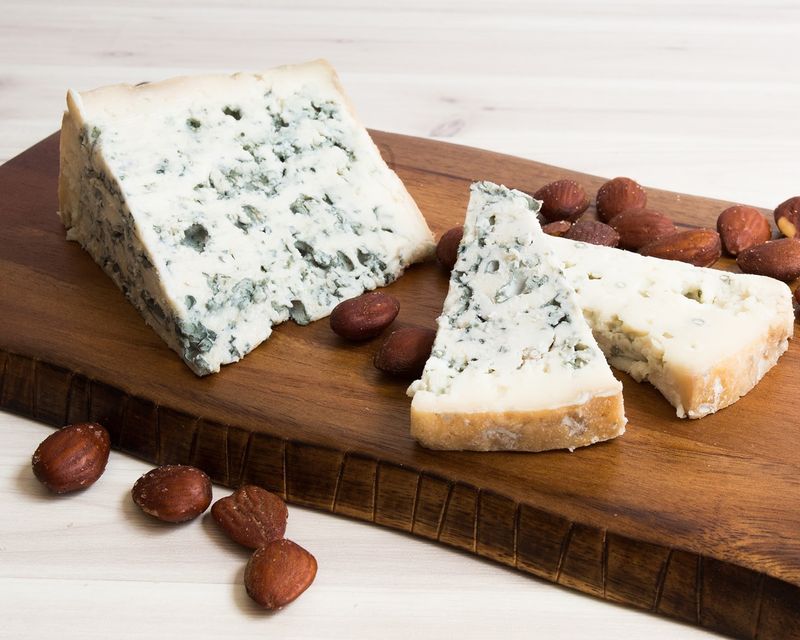
With its tangy, pungent flavor, blue cheese is either adored or despised. Characterized by blue or green mold veins, this cheese offers a sharp, salty bite that pairs beautifully with fruits, nuts, and honey. Its distinct aroma can be overwhelming, yet it adds depth to salads and sauces.
Blue cheese is a rich source of calcium and vitamin K. Despite its divisive nature, it remains a staple in cheese boards, appreciated for its bold character and creamy texture that can elevate any dish.
4. Brussels Sprouts

Brussels sprouts often find themselves at the center of heated debates at the dinner table. Their slightly bitter taste can be off-putting, but when roasted to perfection, they offer a nutty, caramelized flavor that many find irresistible.
Rich in vitamins C and K, these mini cabbages are a powerhouse of nutrition. Often served as a side dish during holiday feasts, Brussels sprouts showcase their versatility when paired with balsamic glaze or crispy bacon, inviting even the skeptics to take another bite.
5. Peanut Butter & Pickle Sandwiches

Peanut butter and pickle sandwiches defy conventional sandwich wisdom with their unusual combination. The creamy, nutty spread juxtaposed with the tangy, crisp pickles creates a taste sensation that’s both surprising and satisfying.
While it may sound odd, this sandwich has garnered a cult following for its unique flavor profile. Packed with protein and crunch, it challenges culinary norms and invites adventurous eaters to explore its contrasting textures and tastes, making it a memorable, if unconventional, snack.
6. Mayo on Fries

In many European countries, mayonnaise is the preferred condiment for fries, offering a creamy complement to their crispy exterior. While some may grimace at the thought, mayonnaise enthusiasts appreciate its rich, tangy flavor that enhances the humble fry.
This pairing elevates the simple potato, creating a satisfying mouthfeel and an indulgent treat. Whether dipped or drizzled, fries with mayo offer a taste of European culinary flair, inviting skeptics to rethink their ketchup allegiance.
7. Vienna Sausages

Vienna sausages, those small, canned meat delicacies, evoke nostalgia for some and skepticism for others. Their mild, smoky flavor and soft texture make them a convenient snack or addition to meals, though their processed nature might deter health-conscious consumers.
Despite this, Vienna sausages remain a popular pantry staple, appreciated for their versatility and ease of preparation. Whether enjoyed straight from the can or in a comforting casserole, they hold a unique place in culinary history.
8. Cold Potato Salad

Cold potato salad, a staple at summer picnics and barbecues, can be divisive due to its cold, creamy texture. Often dressed in mayonnaise or vinegar, it features tender potatoes, crunchy celery, and sometimes eggs or pickles.
While some prefer their potatoes warm, others delight in the refreshing bite of this chilled dish. Its balance of flavors and textures makes it a beloved side for grilled meats, offering a cool contrast to hot, savory entrees.
9. Raisins in Baked Goods

Raisins in baked goods are a classic addition that can spark debate among dessert lovers. While some relish the chewy sweetness raisins bring to cookies and breads, others prefer their confections without these wrinkly fruits.
Their natural sweetness and texture complement spices like cinnamon and nutmeg, enhancing the depth of baked treats. For those who appreciate their charm, raisins offer a nostalgic touch to recipes passed down through generations.
10. Anchovies on Pizza

Anchovies on pizza are a quintessential test of taste buds. These small, salty fish pack a punch with their intense umami flavor, often polarizing pizza lovers. While some revel in the savory contrast they provide, others shy away from their boldness.
When paired with complementary ingredients like olives or capers, anchovies can elevate a pizza to gourmet status. For those who dare to try, they offer a taste of coastal cuisine and a reminder of the rich diversity in pizza toppings.
11. Oat Milk

Oat milk has surged in popularity as a plant-based alternative to dairy. Its creamy consistency and subtly sweet flavor make it a favorite in coffees and smoothies. However, not everyone is fond of its grainy undertones.
For the lactose intolerant or those seeking a sustainable option, oat milk offers a nutritious choice high in fiber and vitamins. Its ability to froth well has made it a barista’s delight, though traditionalists may still prefer cow’s milk.
12. Grapefruit
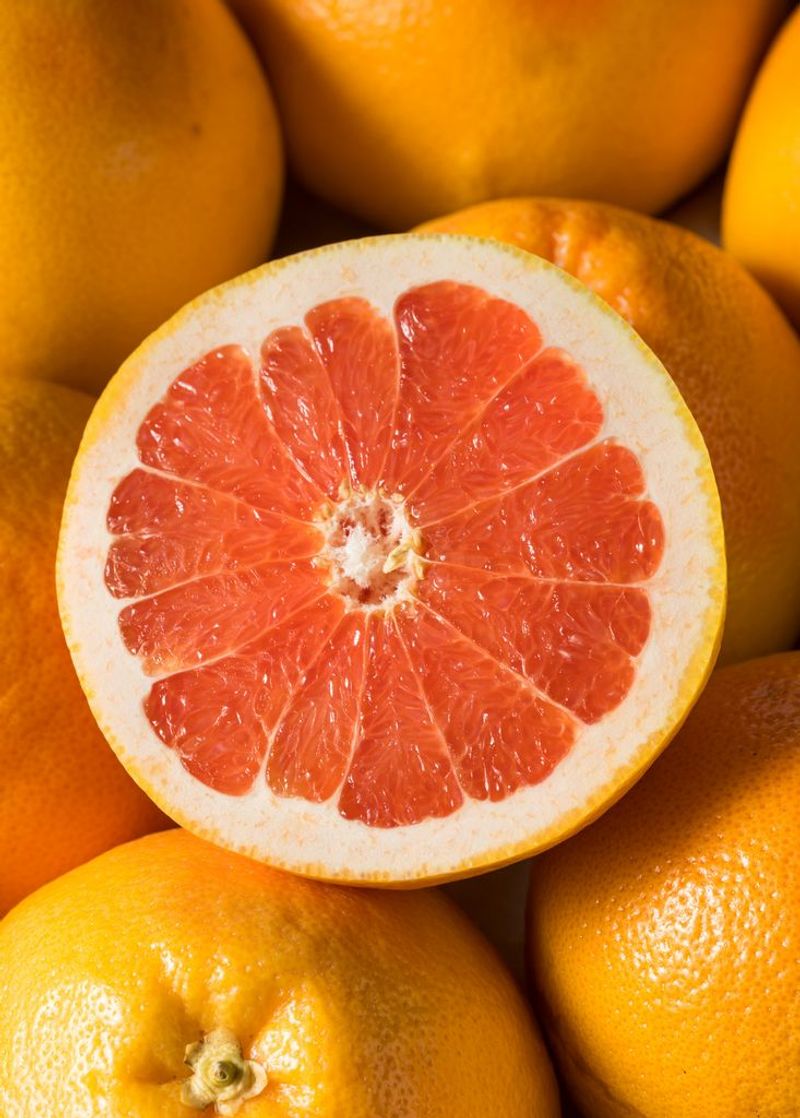
Grapefruit’s tart, slightly bitter taste can divide breakfast enthusiasts. While some relish its refreshing zing, others find it too sharp for their liking. Its vibrant pink or red flesh is a rich source of vitamin C and antioxidants.
Often enjoyed with a sprinkle of sugar or honey to balance its acidity, grapefruit remains a popular choice for those seeking a tangy start to their day. Its bold flavor profile makes it a standout in fruit salads and breakfast spreads.
13. Runny Egg Yolks

Runny egg yolks, with their rich, silky texture, are a breakfast delicacy that some adore and others avoid. When perfectly poached or softly boiled, they ooze a golden, luscious sauce that enriches any dish.
For those who appreciate their decadence, runny yolks add a luxurious touch to breakfast classics like eggs Benedict or avocado toast. Their nutritional benefits, packed with protein and vitamins, only enhance their appeal to enthusiasts.
14. Mint Chocolate

Mint chocolate, a classic combination, elicits mixed reactions with its refreshing minty taste paired with rich chocolate. For some, it’s a heavenly match, while others liken it to eating toothpaste.
This confection bridges the gap between indulgence and freshness, often found in ice creams, cookies, and candies. Its unique flavor profile makes it a festive treat during holidays, appealing to those who enjoy a burst of minty coolness with their sweet fix.
15. Rice Pudding

Rice pudding, with its creamy texture and comforting warmth, can be a love-it-or-hate-it dessert. Made from rice, milk, and sugar, it offers a simple yet satisfying sweetness, often enhanced with spices like cinnamon.
For some, its reminiscent of childhood memories, while others might find its texture less appealing. Its versatility allows for various toppings and flavorings, making it a beloved classic in many cultures’ culinary traditions.
16. Olives
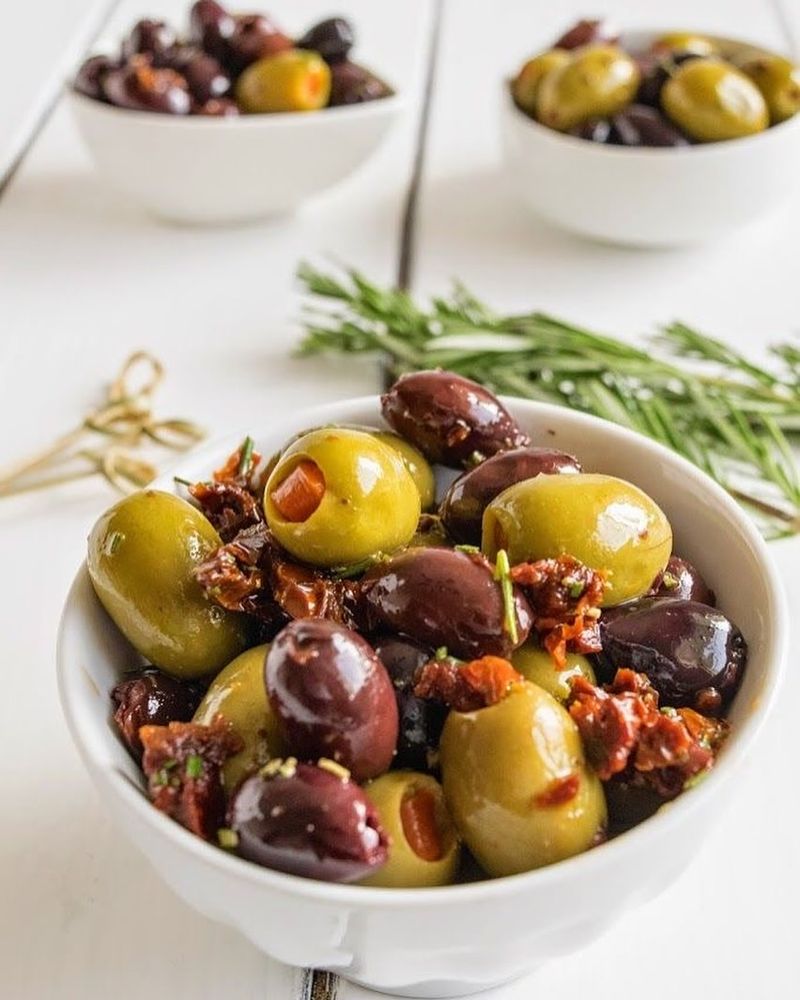
Olives, with their briny, tangy flavor, are a staple of Mediterranean cuisine. Loved by some for their savory zest, they can be an acquired taste for others. Whether green or black, olives add a distinctive flair to salads, tapenades, and appetizers.
Rich in healthy fats and antioxidants, olives offer nutritional benefits alongside their robust taste. Their presence in antipasto platters and as pizza toppings makes them a versatile ingredient, appreciated by culinary adventurers.
17. Beets
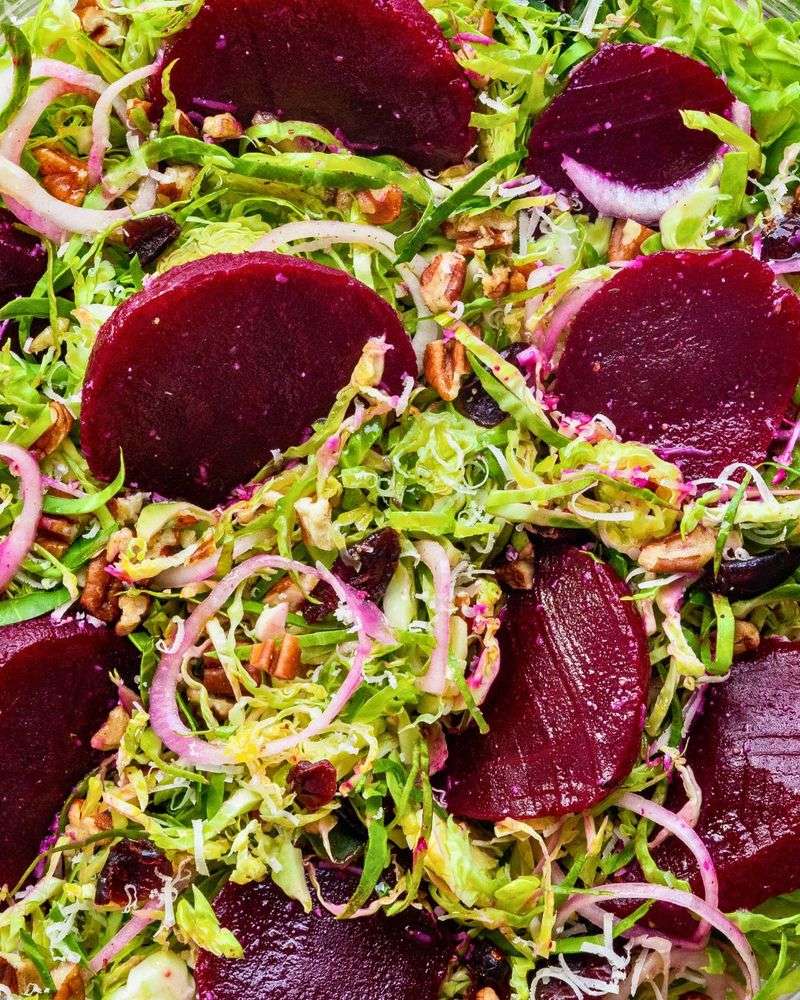
Beets, with their earthy sweetness and vibrant color, are either embraced or shunned. Their unique flavor pairs well with tangy cheeses and citrus, making them a favorite in hearty salads.
Rich in nutrients, beets are known for their health benefits, including improved blood flow and lower blood pressure. Their bold presence in dishes offers both visual appeal and a robust taste that intrigues those willing to explore its potential.
18. Eggplant
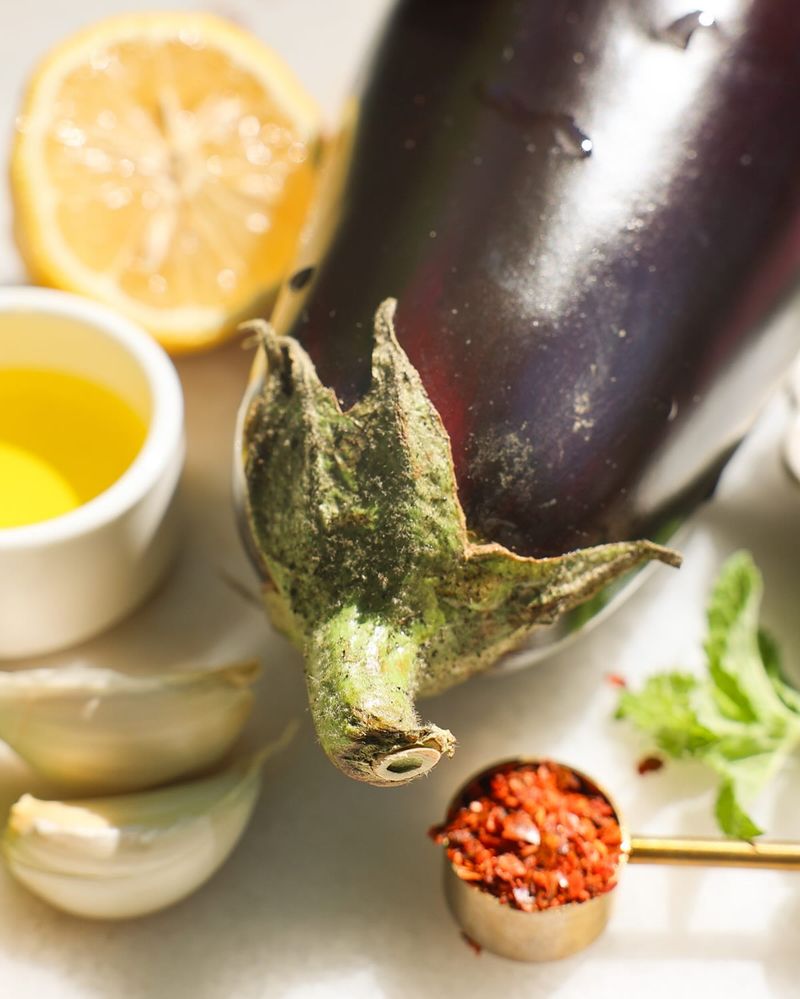
Eggplant, with its spongy texture and mild flavor, is a versatile ingredient in many cuisines. While some enjoy its ability to absorb flavors and transform in dishes like ratatouille or baba ganoush, others might find its texture off-putting.
When prepared well, eggplant offers a savory, satisfying bite, rich in fiber and antioxidants. Its adaptability in various recipes makes it a beloved component in vegetarian and meat dishes alike, challenging skeptics to appreciate its culinary versatility.
19. Broccoli
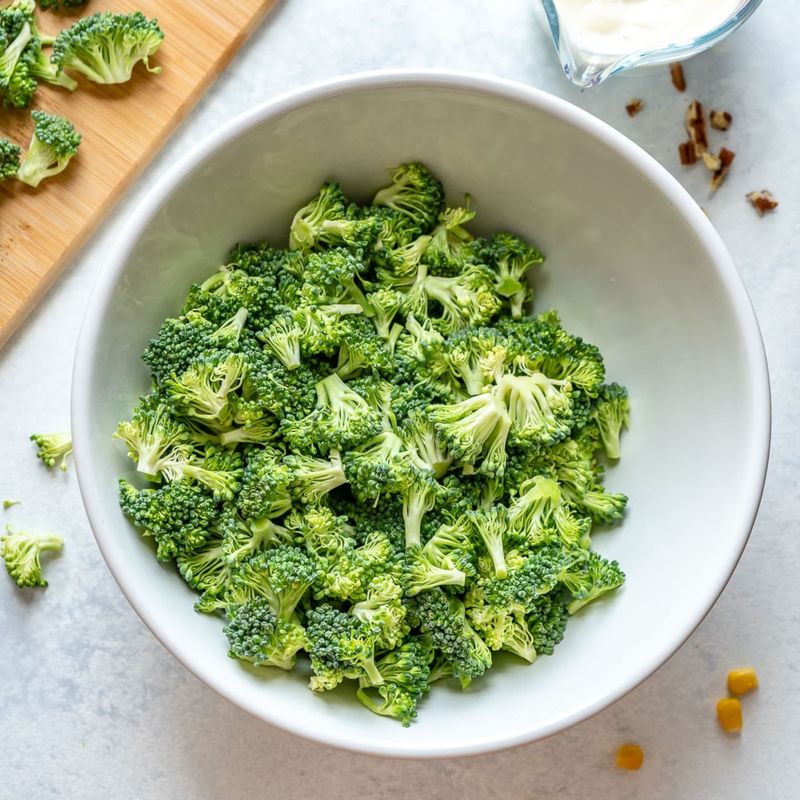
Broccoli, a cruciferous vegetable often met with disdain, is celebrated for its nutritious properties. Its slightly bitter taste can be transformed with proper cooking techniques, resulting in a tender, flavorful side dish.
High in vitamins C and K, broccoli supports healthy digestion and immune function. While its aroma might deter some, those who embrace its green goodness enjoy it steamed, roasted, or even raw, proving its worth as a dietary staple.
20. White Chocolate

White chocolate, with its creamy sweetness and lack of cocoa solids, is a confection that divides chocolate lovers. Some appreciate its smooth, buttery flavor, while others criticize it for lacking the depth of traditional chocolate.
Made primarily of cocoa butter, sugar, and milk solids, white chocolate offers a delicate sweetness that complements berries and nuts. For those with a sweet tooth, it provides a decadent treat that stands apart from its darker counterparts.
21. Kale
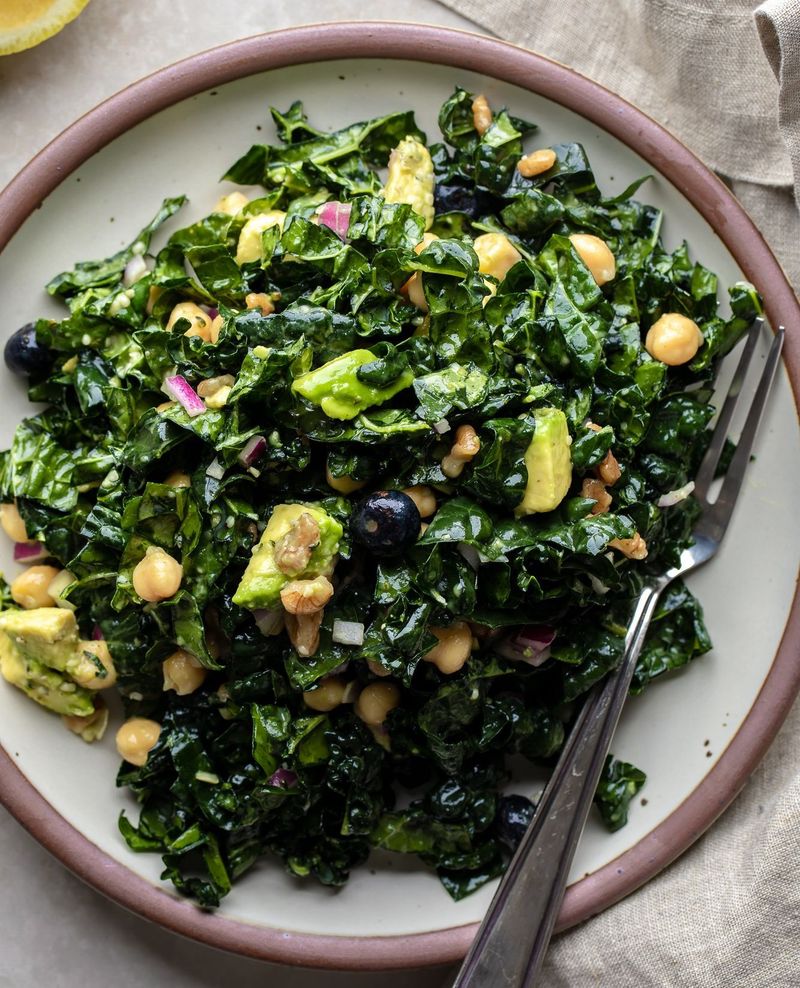
Kale, hailed as a superfood, boasts a reputation for its robust health benefits. Its tough, leafy texture and slightly bitter taste can be challenging, yet it’s a favorite in smoothies and salads.
Packed with vitamins A, C, and K, kale supports overall wellness, though its flavor may require an acquired taste. When massaged or blended, it becomes more palatable, allowing its nutrients to shine in diverse culinary creations.
22. Overripe Bananas
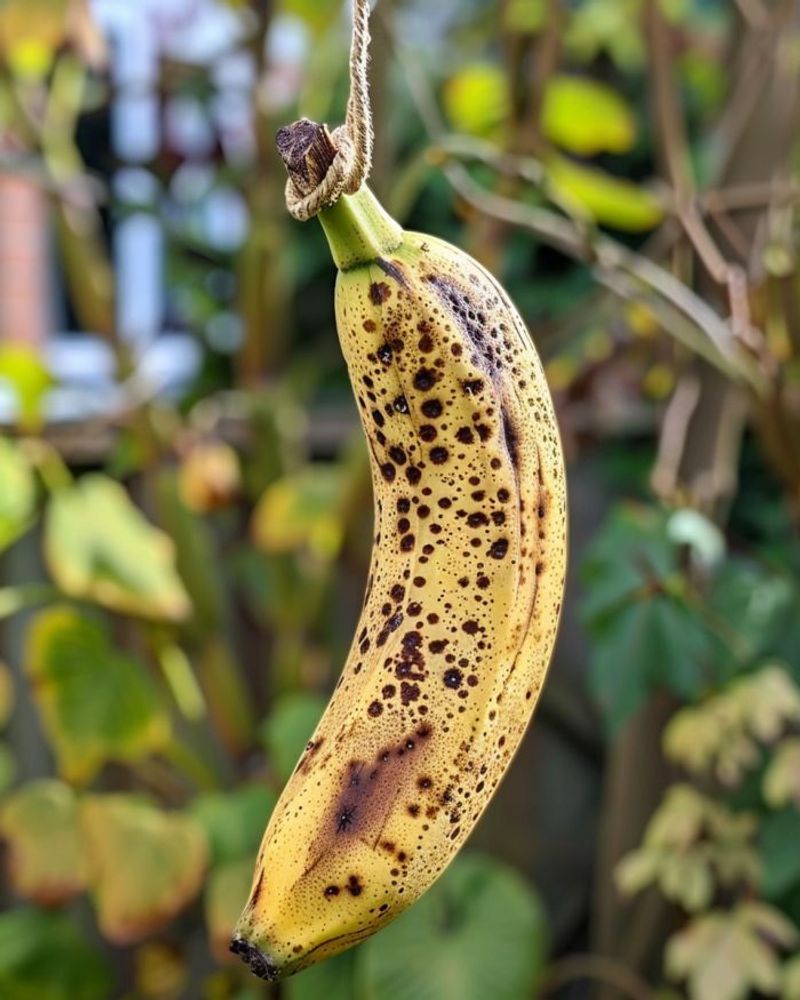
Overripe bananas, with their spotted skins and mushy texture, often face skepticism as a snack. Yet, their intensified sweetness makes them a baker’s dream, perfect for banana bread or smoothies.
Rich in potassium and natural sugars, these bananas offer a convenient energy boost. While their appearance might suggest spoilage, their culinary potential shines in baked goods, inviting creativity in the kitchen.
23. Ketchup on Spaghetti
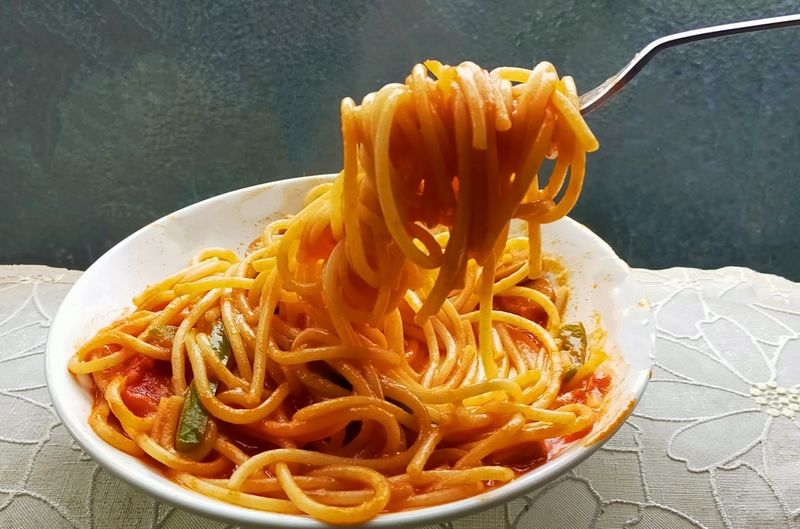
Ketchup on spaghetti is a culinary quirk that raises eyebrows. While traditionalists may cringe, some find the sweet, tangy sauce a comforting addition to pasta dishes.
This unconventional topping offers a quick and easy flavor boost, though it may not win over purists. For those willing to experiment, ketchup provides a playful twist on an Italian classic, merging familiar tastes in unexpected ways.
24. Rye Bread
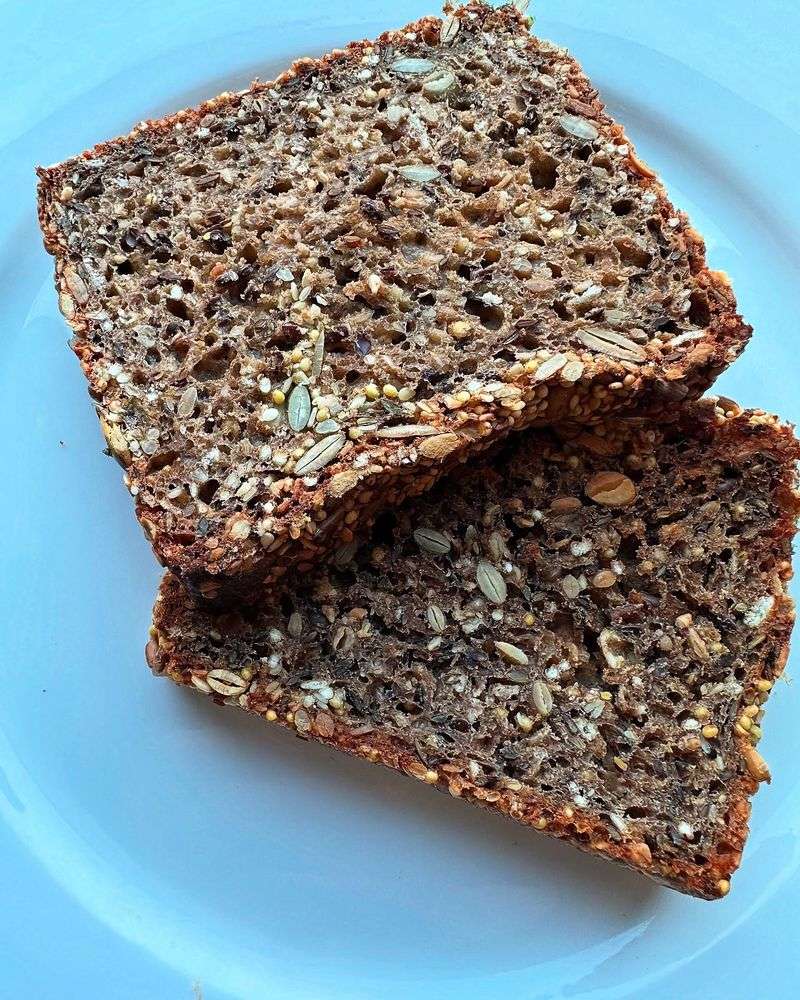
Rye bread, with its hearty texture and distinctive taste, is a staple in many European diets. Its slightly sour flavor and dense crumb might deter some, but it’s cherished for its uniqueness and nutritional value.
Rich in fiber and essential nutrients, rye bread supports digestive health and offers a robust alternative to white bread. Whether enjoyed as a sandwich base or paired with soups, its rustic charm continues to attract those with an appreciation for diverse grains.
25. Refried Beans
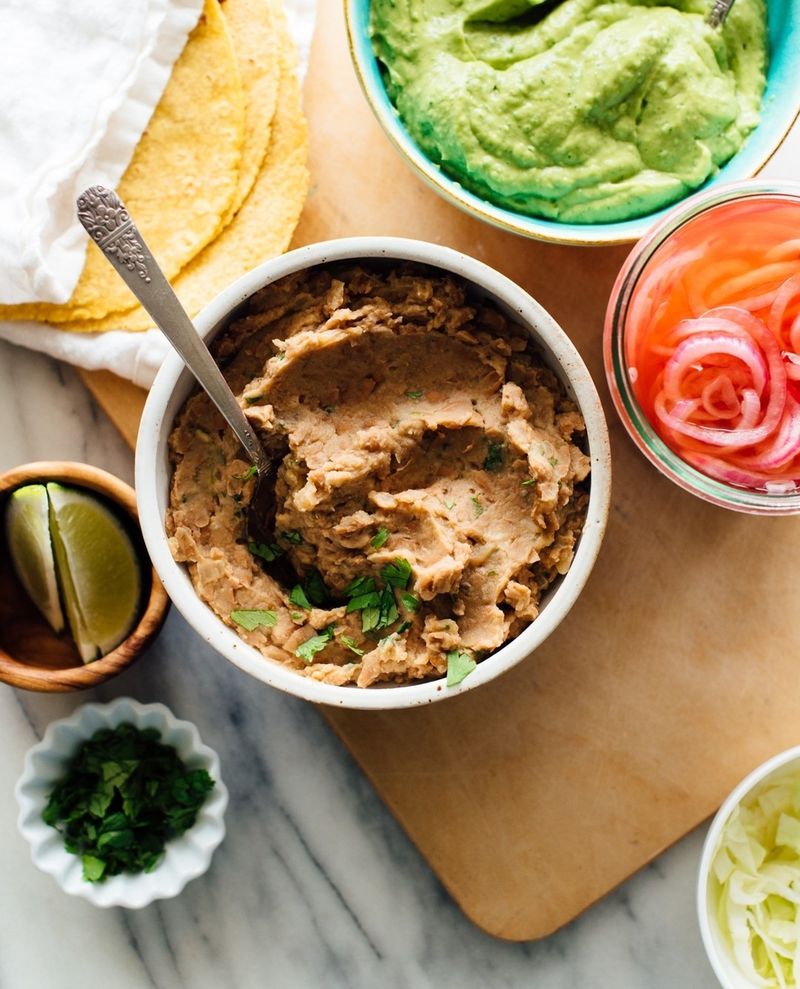
Refried beans, with their creamy texture and savory flavor, are a cornerstone of Mexican cuisine. While some may shy away from their mushy consistency, others savor the richness they bring to tacos and burritos.
Packed with protein and fiber, refried beans offer both nutrition and taste. Their adaptability in dishes makes them a beloved component in various recipes, transforming simple meals into hearty fare.
26. Cooked Carrots

Cooked carrots, often overshadowed by raw snacks, offer a sweet, tender side dish option. Their natural sugars enhance when roasted or glazed, creating a caramelized treat that’s both nutritious and delightful.
Rich in beta-carotene, cooked carrots support vision health and immunity. While their soft texture might not appeal to everyone, their vibrant color and flavor make them a staple at family gatherings and holiday feasts.
27. Okra
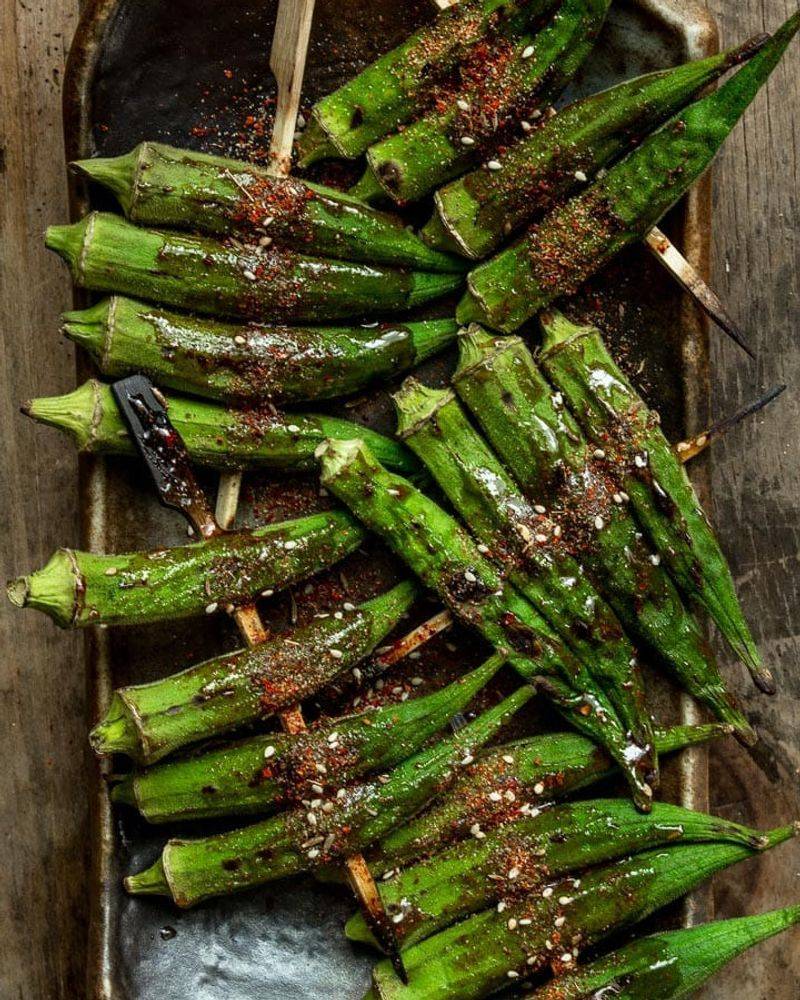
Okra, with its slimy reputation, often faces culinary prejudice. Yet, when cooked right, it offers a delightful texture and taste in dishes like gumbo or fried snacks.
Rich in vitamins and antioxidants, okra supports overall health despite its polarizing nature. Fried to a crisp or simmered to softness, it invites exploration in Southern and international cuisines, challenging diners to rethink its potential.
28. Calamari
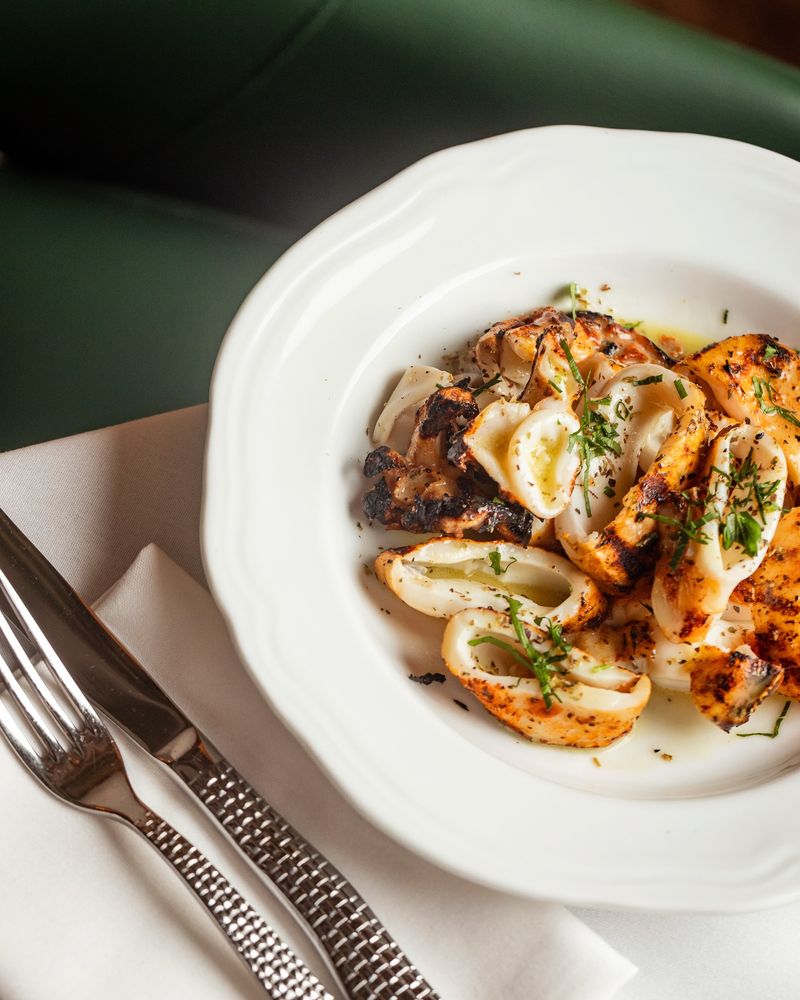
Calamari, or fried squid, is a seafood delicacy that intrigues some and intimidates others. Its tender, chewy texture and mild flavor are enhanced by a crispy coating, making it a popular appetizer.
Served with marinara sauce or aioli, calamari offers a taste of the ocean’s bounty. For those who embrace its unique qualities, it provides a delightful culinary experience, inviting diners to savor the diversity of seafood offerings.
Leave a comment